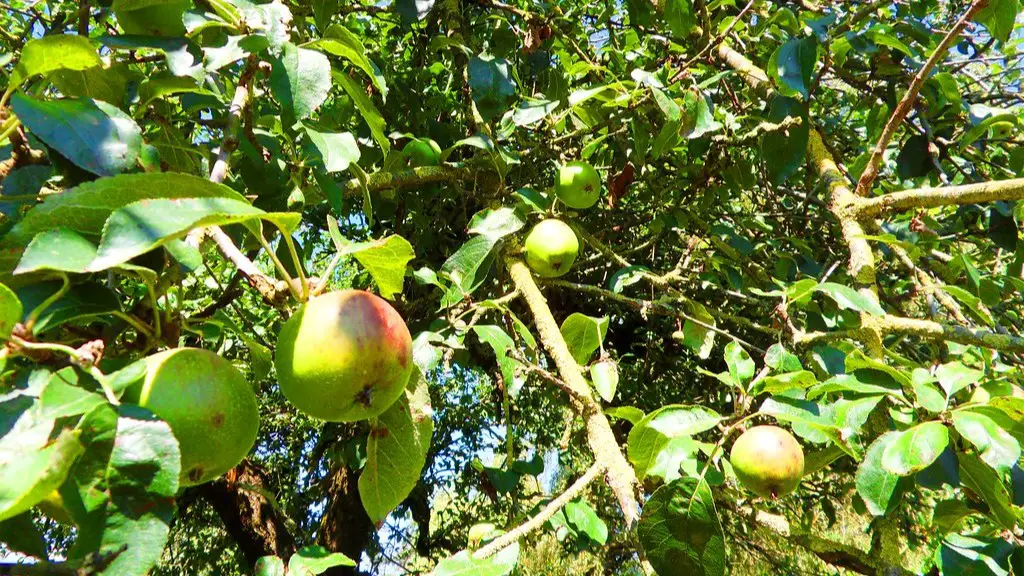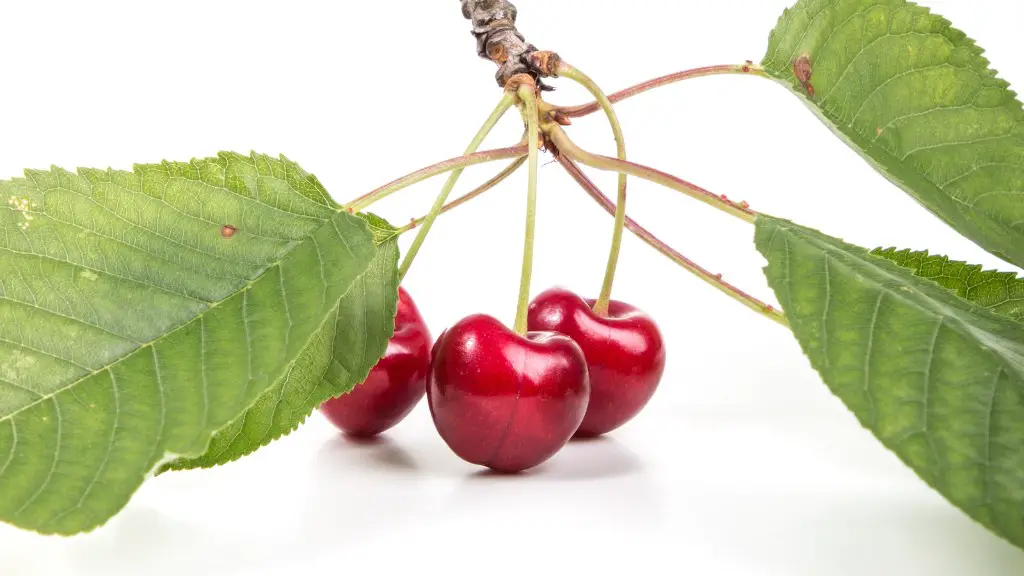Avocado trees are known for their distinctive, creamy fruit. While some varieties have been cultivated in greenhouses and farmers’ markets, others can be grown right in your own backyard. For those who are just getting started, it can seem like a daunting task – but don’t worry, it’s not as difficult as it may seem! Growing an avocado tree from a pit is actually a relatively simple process. Here’s everything you need to know to make sure your tree is off to a great start.
The first step to growing an avocado tree from a pit is to select the right variety. While there are plenty of unique varieties of avocado, the best ones for growing your own tree are the California varieties, like the Fuerte and Zutano. They are large and have a thick pit with a wide tap root. It’s important to select a variety that is big and firm, as smaller, softer pits will not produce a tree.
Once you’ve selected the right variety, you’ll need to remove the pit from the avocado. Make sure to do this carefully, as the pit can easily break. Once the pit is removed, use a knife to carefully cut it in half and remove the seed inside. Then, use a towel or paper towel to dry the seed off, as it will help it germinate.
The next step is to prepare the soil. Ideally, the soil should be slightly acidic and well-draining. If the soil is too heavy or clumpy, you can add some organic matter to help improve drainage. Once the soil is prepared, it’s time to plant the seed. Place the seed in the soil with the taproot facing down and cover it with soil. Then, lightly water the soil and keep it moist.
At this point, the tree should germinate within a few weeks. To ensure the seed thrives, keep the soil moist and give the tree plenty of sunlight. You can also give the tree a boost by adding fertilizer once the seedling has grown a few inches. As the tree grows, you’ll need to prune it occasionally to keep it healthy.
Growing an avocado tree from a pit takes patience, but the rewards are worth it. Not only can you enjoy your own homegrown avocado fruit, but you can also use the tree as an attractive addition to your landscape. With the proper care and attention, you’re sure to have a beautiful and productive avocado tree in no time.
Caring for an Avocado Tree
Once the avocado tree has grown and is producing fruit, it requires regular maintenance to stay healthy. To ensure the tree’s success, it’s important to water the tree regularly, as avocados need plenty of water to stay healthy and produce fruit. The tree should also be fed on a regular basis and pruned regularly to maintain a neat, tidy shape.
Mulching around the tree is also beneficial, as it helps keep the soil moist and keeps weeds away. If the tree is growing in the winter, make sure to protect it from cold temperatures. A sheet or blanket draped over the tree can help retain its heat and prevent it from freezing.
Finally, there’s the matter of harvesting the fruit. Avocados are typically ready to pick when they turn a dark greenish-purple color. While there isn’t an exact science to harvesting, the best way to gauge when an avocado is ripe is to gently squeeze it. If it feels slightly soft, then it’s ready to be picked.
Pests and Diseases
Avocado trees can be susceptible to a number of pests and diseases. To prevent this, make sure to keep the area around the tree free of debris, weeds, and other plants, as they can harbor pests and diseases. Additionally, it’s important to keep an eye out for any signs of infestation, such as yellowed or distorted leaves.
If the tree does become infected, it’s important to act quickly to prevent further damage. Make sure to practice good hygiene by cleaning and disinfecting all of the tools you use in the garden. If necessary, use a pesticide or other treatment to combat the pests or disease.
With the proper care and attention, an avocado tree can be a healthy and rewarding addition to any garden. While caring for an avocado tree can be a bit of a challenge, it’s ultimately worth it for the delicious fruit that it can produce.
Harvesting the Fruit
Harvesting the fruit from an avocado tree is relatively simple. Once the avocadoes have turned a dark greenish-purple color, they are ready to pick. To harvest the fruit, carefully remove the avocado from the branch, being careful not to damage the fruit.
Avocado fruits can be harvested as they come ripe, or they can be left on the tree in a dormant state. If you choose to leave them on the tree, make sure to check them regularly to ensure they don’t overripen.
When harvesting the fruit, it’s important to use a gentle touch. Avocados are delicate and can be easily bruised. When harvesting, avoid pulling or twisting the fruit, as this can cause the skin to tear and make the avocado unsuitable for eating.
Once the avocadoes have been harvested, they can be stored for a few days at room temperature. If you’re not planning on eating them right away, you can store them in the refrigerator for a few weeks to keep them from spoiling.
Grafting
For those who are looking to produce an abundance of fruit, grafting is another option for growing an avocado tree. Grafting is a process where two plants are combined to create a new, more productive hybrid.
When grafting an avocado tree, it’s important to use compatible varieties. The most common combination is a branch from a productive variety grafted onto a hardy rootstock.
To graft the trees, first carefully remove a branch from the desired variety. Make sure the branch is healthy and at least two years old. Then, carefully cut the branch and rootstock, making sure to line up the two cuts as closely as possible. Finally, firmly secure the two plants together with a cloth tie.
Grafting avocado trees can be a time-consuming process, but the rewards can be great. With the right combination of varieties, the tree can produce an abundance of delicious fruit year after year.
Successful Planting
Planting an avocado tree is a fun and rewarding experience, but it’s important to keep a few things in mind to ensure a successful harvest.
First, it’s important to find the right location. Avocado trees prefer well-drained soil and plenty of sunlight. If possible, try to find a spot that gets about six to eight hours of sun per day.
It’s also important to plant the tree at the proper depth. When planting, make sure the root ball is buried up to the top edge of the trunk. This will help keep the tree from becoming water-logged or prone to disease.
Finally, make sure to water the tree well. Avocados are thirsty plants and need regular watering to thrive. Give the tree a deep soak at least once a week, and supplement with a weekly light misting.
With a bit of planning and effort, you’ll be able to successfully grow a delicious, homegrown avocado tree.



